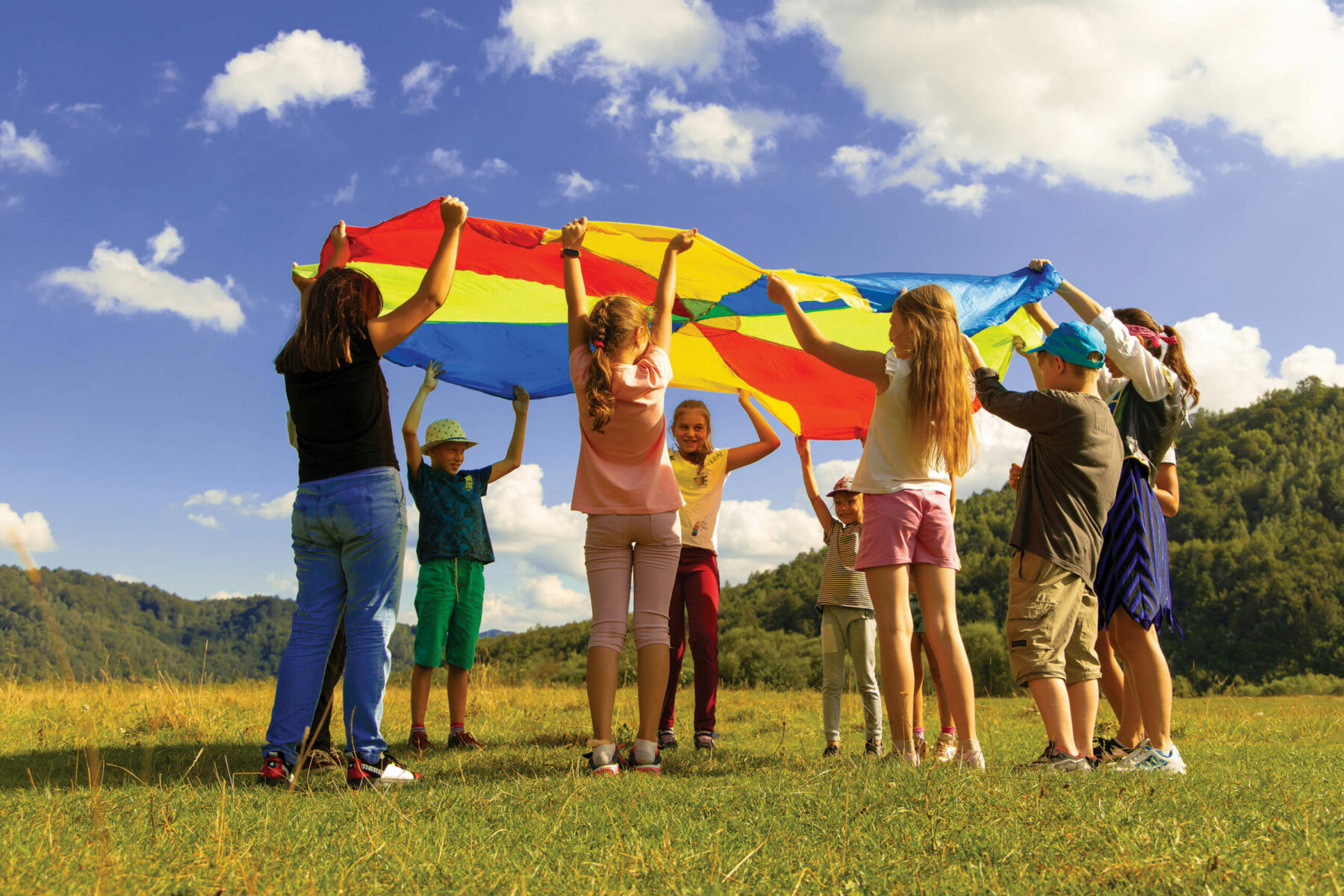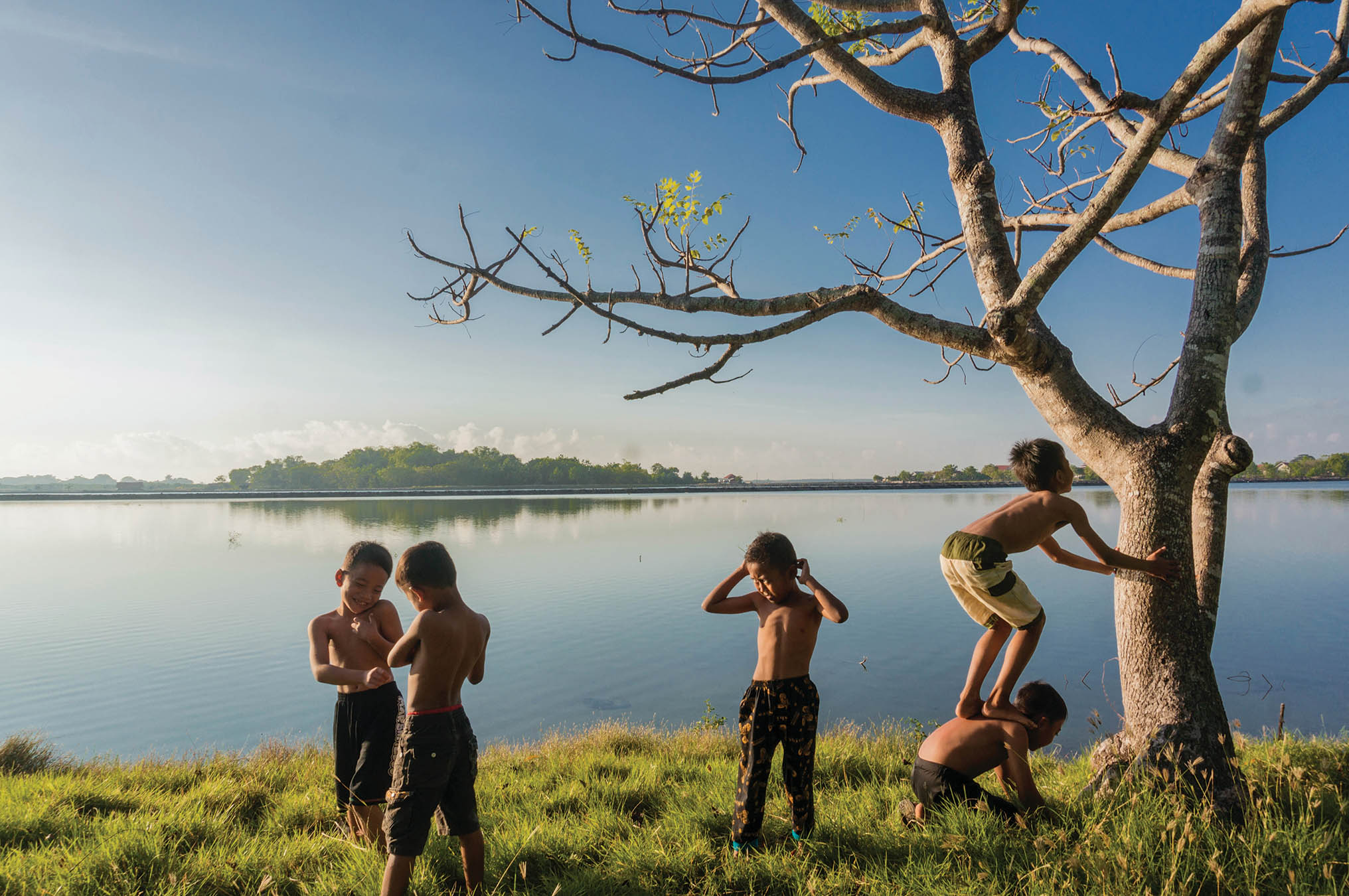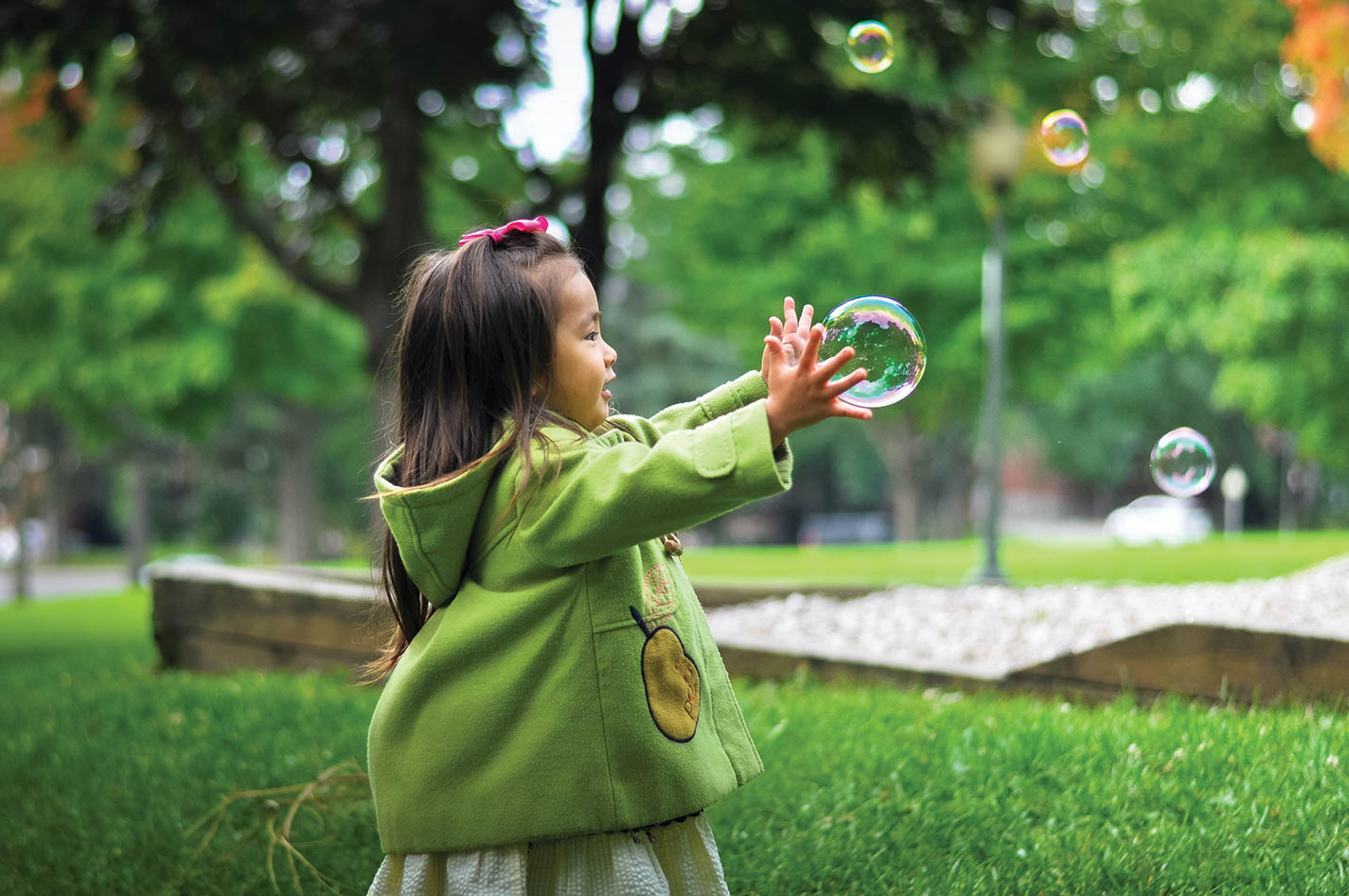The Role of Creativity in Fitness

Often, creativity is assumed to be something only for painters, artists or musicians. However, it’s also for the biker, soccer player, dancer, archer, weightlifter and climber — all of whom press on to a greater physical feat by asking, “What is going to motivate me to move?” Is it the challenge of another rep of curls? Pushing for an extra mile during a run? A new dance move to master? A workout routine that gets you excited?
Creativity is that which makes life vibrant, forges new paths, invents new colors and sounds, and designs with ingenuity. In 2022, the Journal of Creative Behavior stated that creativity through the eyes of hard science is known to bring joy, wonder, excitement and pleasure into life.
Not only does creativity bring joy, but it also affects physical health in kids who are still developing. According to Boston Medical Center Pediatrics, physical activity is generally important for one’s health but especially so in childhood, the “golden period for physical and mental development.”

Physical fitness for kids is about more than protein intake or athletic genes; it revolves around implementing one’s own personal sense of creativity.
“(When) a person gets to pick and choose and put together the types of movement that make them feel good, I think it sticks more,” says Michele Rusnak, a former elementary physical education teacher at Austin ISD and assistant director of health and physical education.
For Rusnak, creativity is about the individual plan and starts with figuring out what creative movement you really like. This creativity can come in lots of forms, she says. If the activity reinforces the thought, “This feels good; I like this. I’m going to stay moving for the rest of my life,” then it fulfills your individual sense of physical creativity.
Being physically active shifts to being physically educated when one gets to choose their form of fitness combined with knowledge of the importance of fitness.
“Knowing that education piece of why you’re putting certain things together is going to give you that foundation to create your own creativity,” Rusnak says. “(You get to) be the person you want to be and move the way you want to move.”
But where does this creativity begin? Rusnak focuses on a thread that seems to connect creativity and fitness — playing, a vital part of the childhood experience. In a study published by the National Library of Medicine, the idea of “play” leads to creativity and growth in many areas. It contributes to physical development as well as cognitive, social and emotional well-being.

When most of us think of “playing,” we imagine preschoolers jumping around on the playground. But “playing” is really the individual’s love for physical activity before any factors have time to alter it.
“Kids are mainly the most fit in second and third grade,” Rusnak says. “Then, it starts deteriorating a little bit and we take the play out of stuff.”
After puberty, she says, is when family values and eating habits assume a role in a child’s upbringing and fitness doesn’t come as easily.
“Then, it becomes: Did we install that value enough where (the child) wants to continue to go out and play? How do you keep that (value)?” Rusnak says.
It’s this “play” aspect of activity that seems to be the biggest motivation. Now, to re-light the motivation for physical activity, the answer to the question, “What makes me move and feel happy?” must be found again.
The Journal of Creative Behavior claims that creativity during childhood has been positively associated with adaptation, development, learning and growth. A 2017 study by Pediatrics International also found an association between levels of creativity and physical fitness. Children who were considered creative performed better physically and had stronger cognitive processes and performance than less fit children.
Rusnak gives an example of how creativity and physical fitness coexist in the real world through how we imagine hypothetical scenarios if we were given a basketball and asked what can we do with it.
“You might start making up all kinds of weird fun stuff,” Rusnak says. “That kind of creativity happens all the time.”
Physical health for children doesn’t start or end at the playground; it carries over into the mind of the individual child. Individual creativity is required for anyone to find an activity, sport or hobby that keeps them active. Finding an activity that fits your own likes and dislikes makes physical exercise a practice of doing an activity you enjoy and getting to know yourself better, not a chore.
Rusnak says this discovery starts with learning more about yourself, figuring out what makes you feel good and then combining it with exercise that’s good for your body. So maybe it begins small by simply doing what you love outdoors or making your own circuit training.
Rusnak shares that she often starts by giving her students a basketball and asking, “Show me everything that you can do. What can you do with a basketball?” Just their answer can spark something creative.






